How Much Paint Will I Need for My Area?

A Complete Guide to Perfect Paint Estimation
Why Accurate Paint Calculation Matters
When starting a painting project4whether for your home, office, or
commercial space, one of the most common questions is: How
much paint do I actually need? Proper estimation helps you avoid
wasted paint and extra trips to the store, whilst ensuring a smooth,
stress-free painting experience.
Getting your calculations right from the start transforms what could
Make a frustrating experience into a professional-quality project. The
difference between guessing and calculating properly can save you
both time and money, whilst delivering superior results that you’ll be
proud to show off

The Benefits of Proper Planning

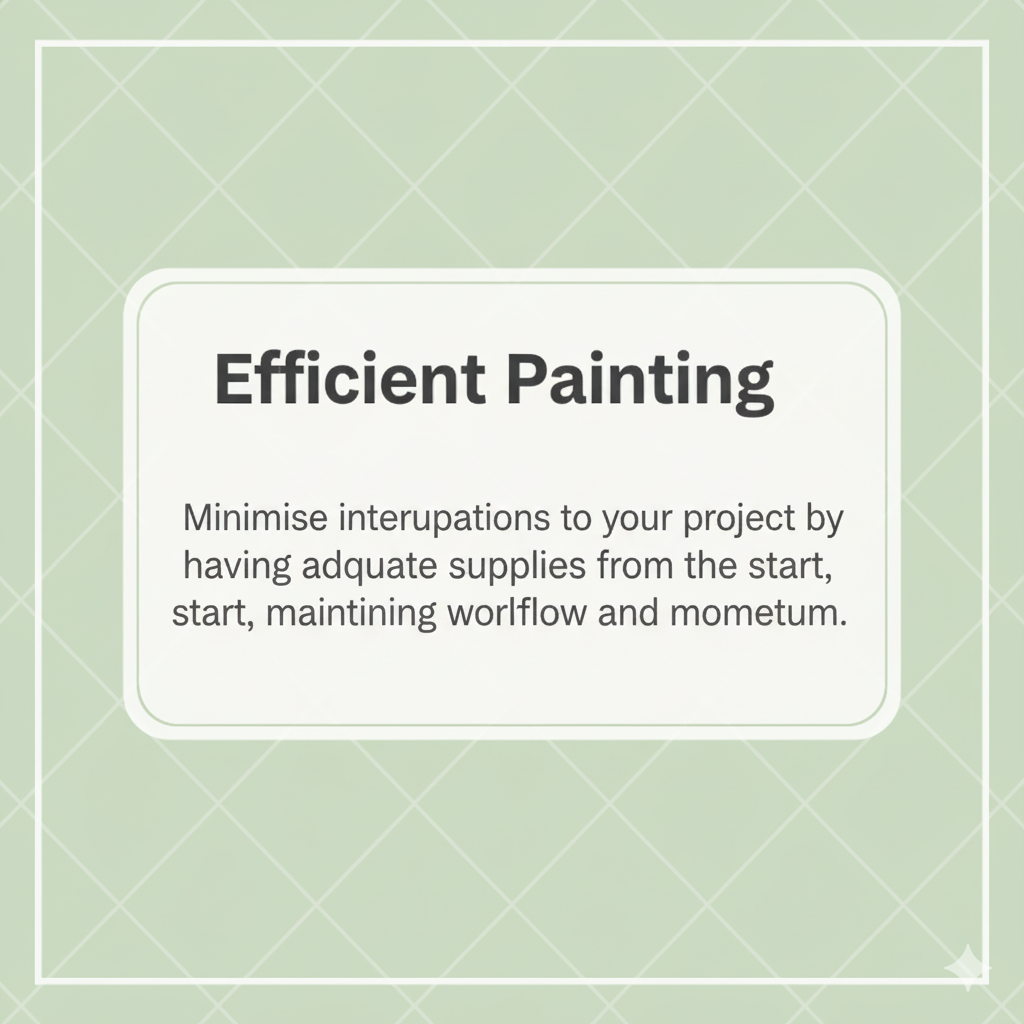
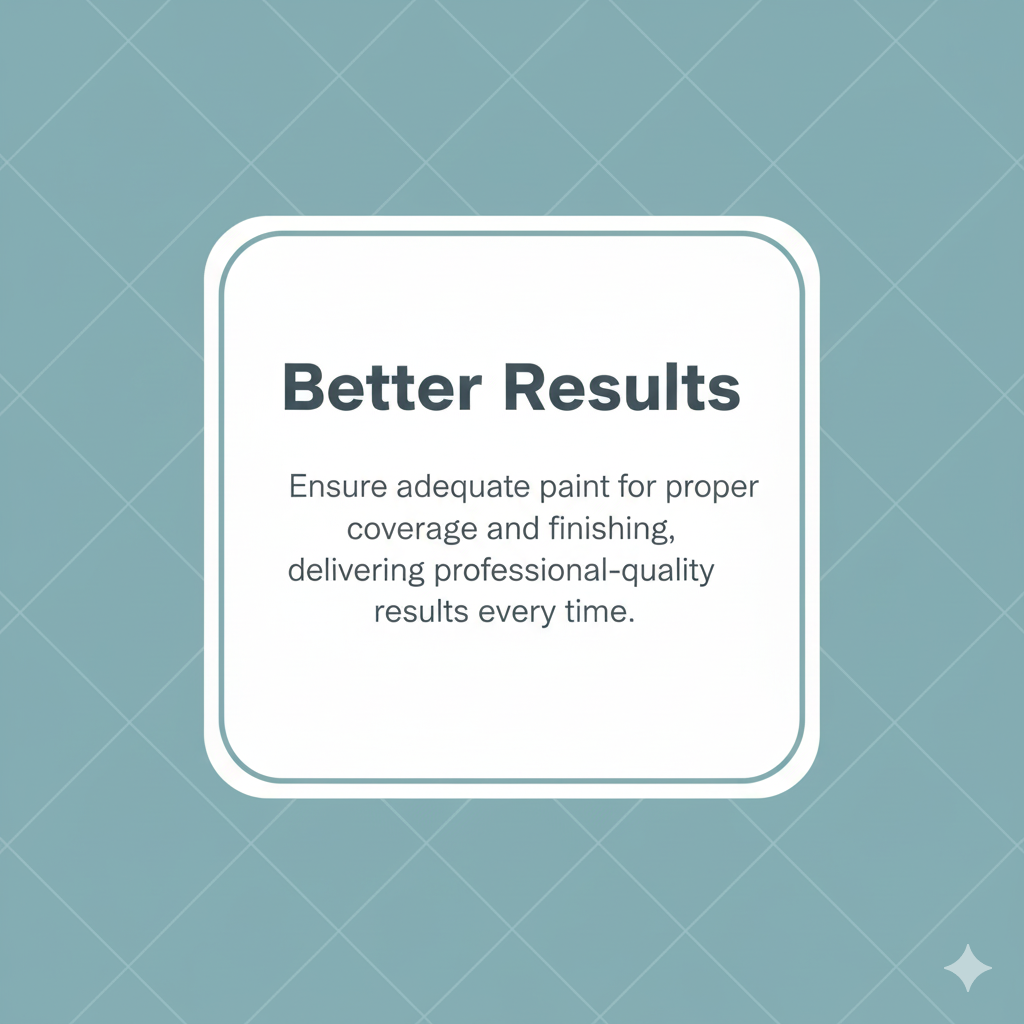
Step 1: Measure Your Walls
Start by measuring the height and width of each wall or surface you plan to paint.
Use a measuring tape for accuracy, and don’t rush this crucial first step. Proper
measurements form the foundation of your entire calculation.
Take your time to measure each wall individually, recording the dimensions clearly.
Even experienced painters double-check their measurements because accuracy
here determines the success of your entire project.
Example: If one wall is 10 feet high and 12 feet wide, area = 10 × 12 = 120 square
feet
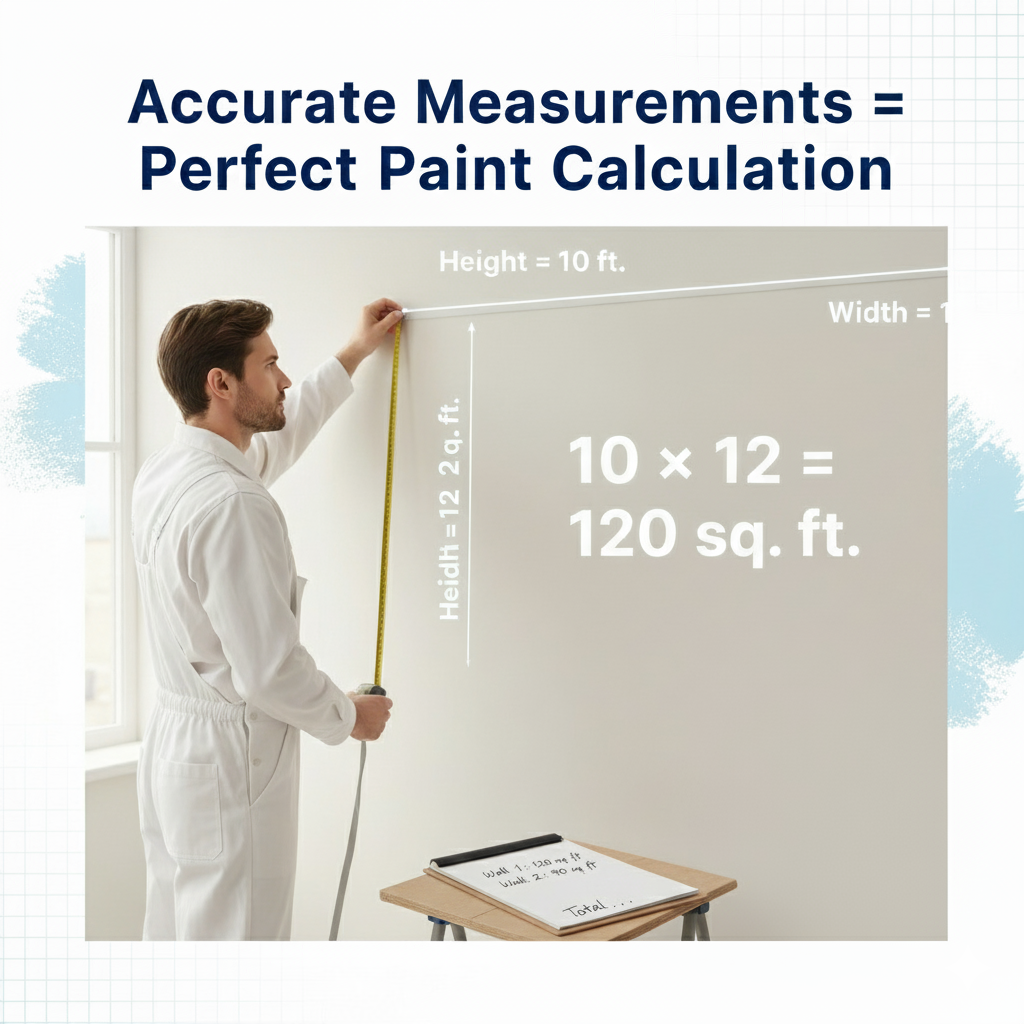
Step 2: Calculate Total Wall Areas
Measure Each Wall
Repeat the height × width calculation for every
wall you plan to paint, recording each
measurement carefully
Add All Areas Together
Sum all individual wall areas to obtain your
total paintable surface area before
adjustments
Double-Check Your Maths
Verify your calculations to ensure accuracy
before proceeding to the next step
Step 3: Subtract Doors and
Windows
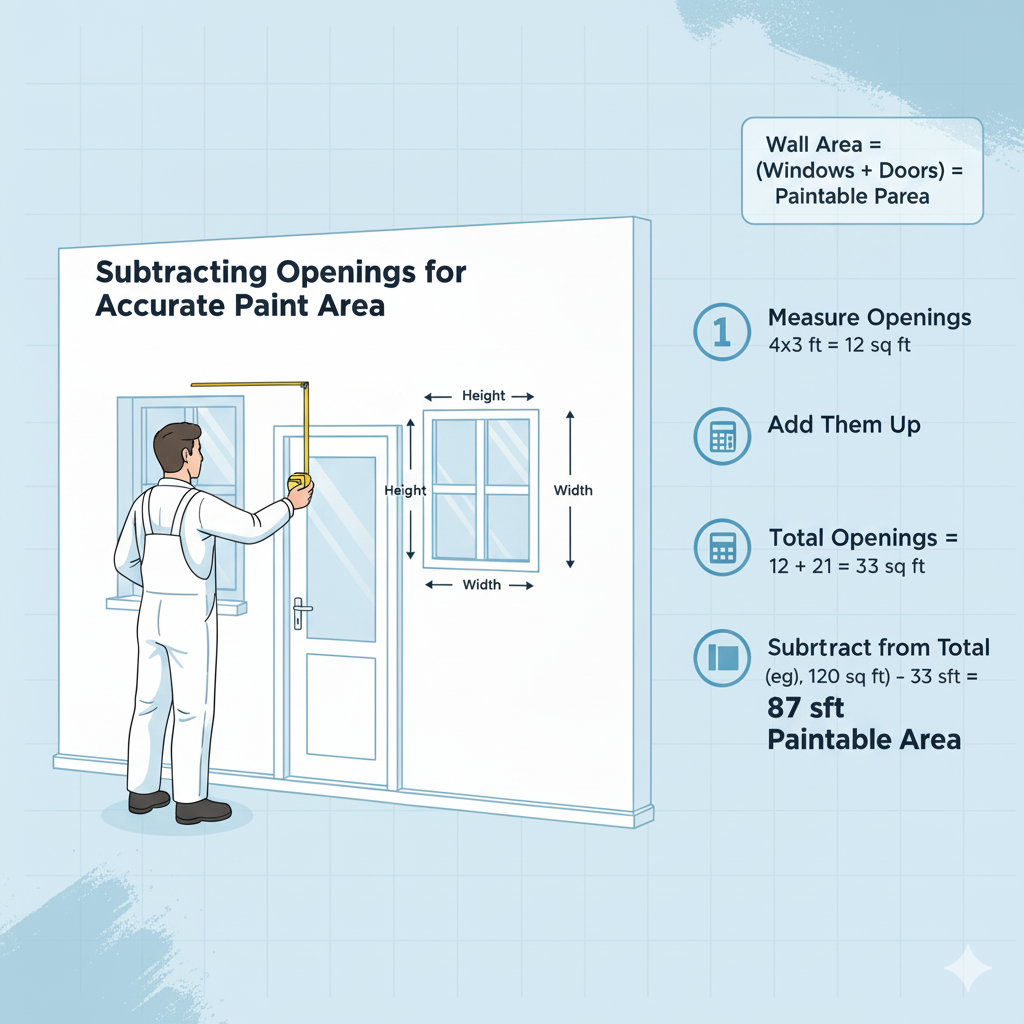
Don’t pay to paint over surfaces that don’t require it. This step ensures you’re only
calculating paint for areas that actually need covering, saving both money and
paint.
1-Measure Openings
Calculate the area (height × width) of each window and door in your
space.
2-Add Them Up
Sum all window and door areas together for your total non-paintable area.
3-Subtract from Total
Deduct this total from your earlier wall area calculation for your true
paintable area
Step 4: Check Paint Estimation Coverage Rates
Every paint brand and type has a different coverage rate, usually
listed on the can. Understanding these specifications is crucial for
accurate estimation.
For TURBOLUX PAINTS, standard water-based paints cover about
1003130 square feet per litre for smooth and properly primed walls.
However, rough or unprimed walls may require significantly more
paint due to increased absorption
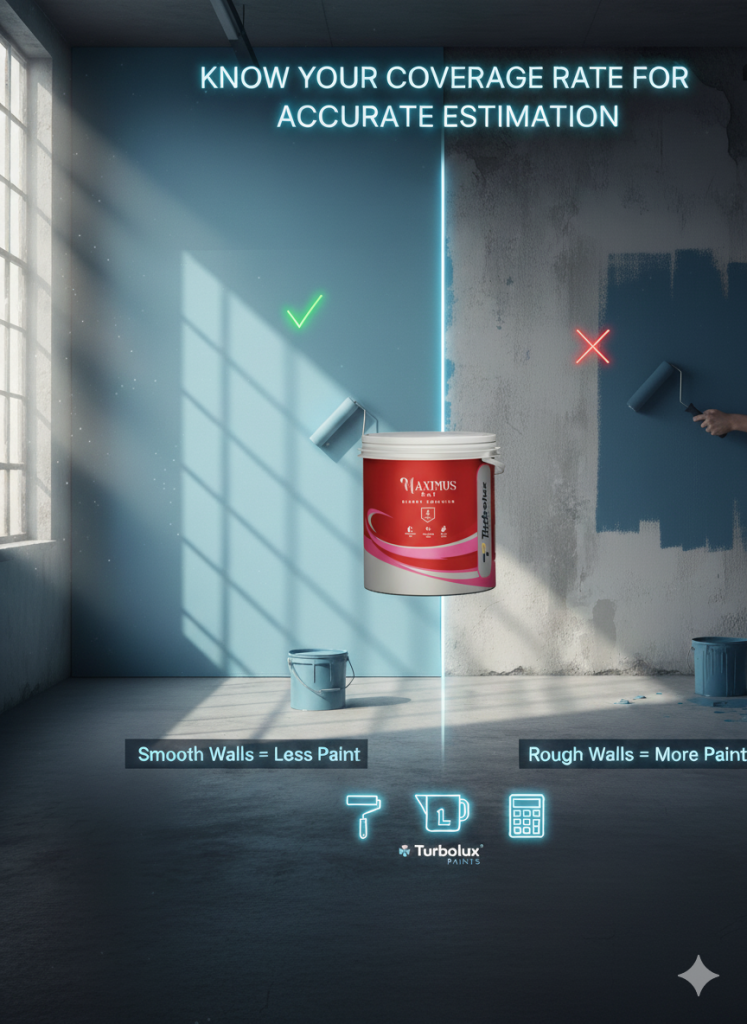
Step 5: Determine Number of Coats
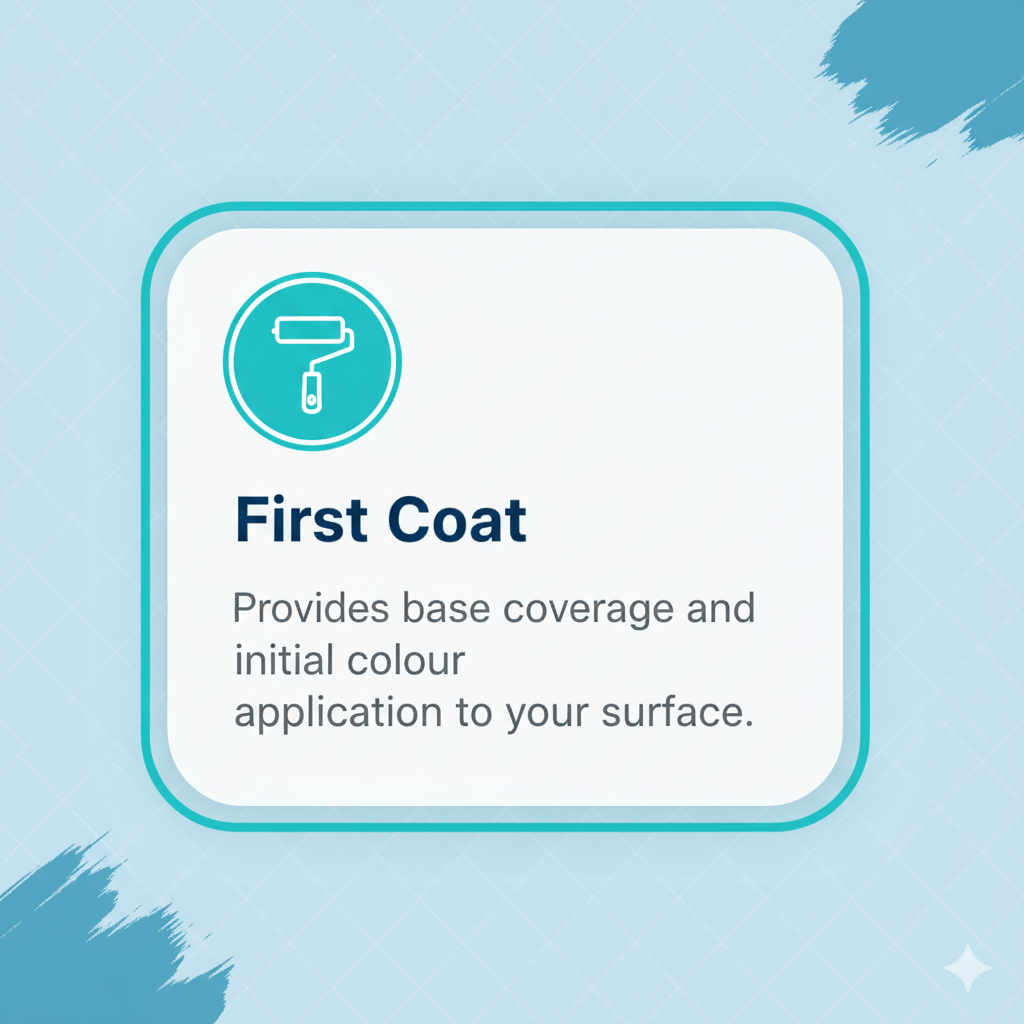
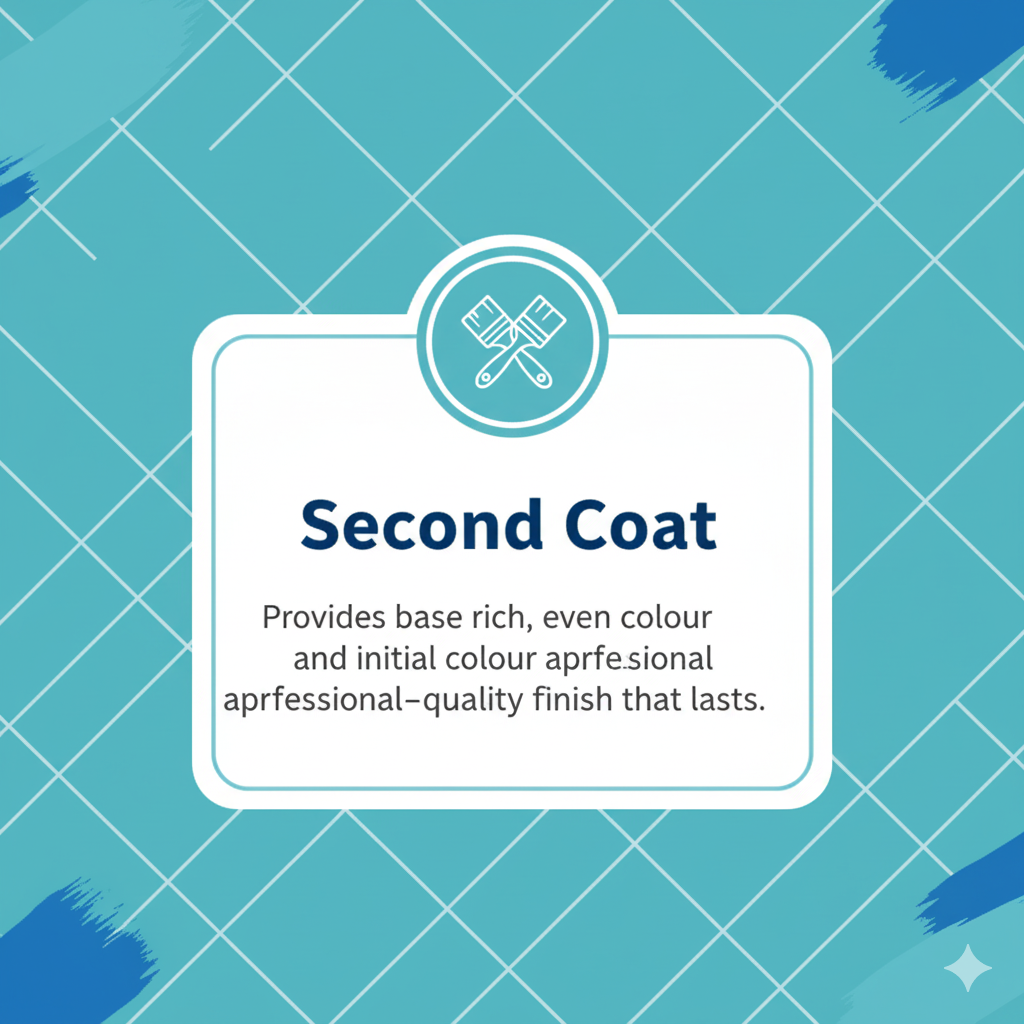
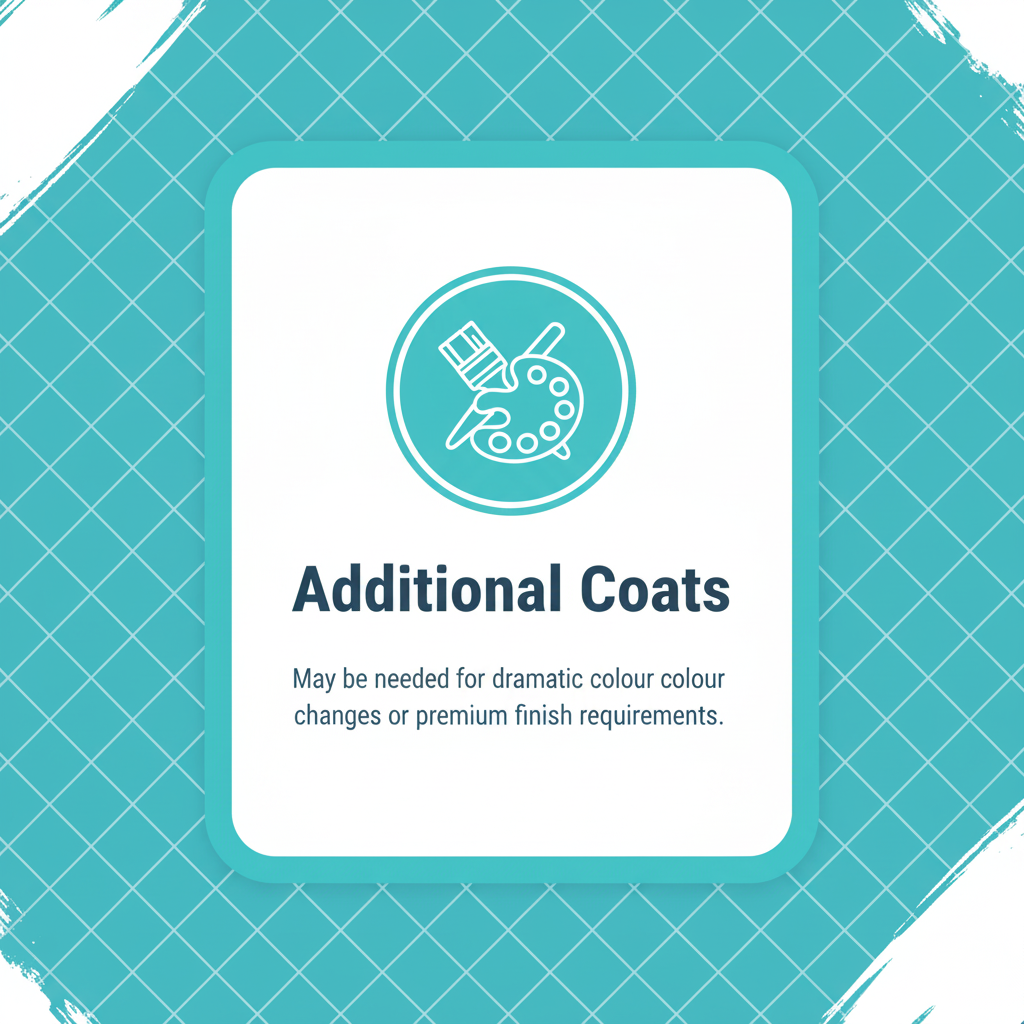
Multiply your area by the number of coats you want to apply. Most projects need at least 2 coats for a rich, lasting finish that looks professional
and stands the test of time
The Paint Estimation Calculation Formula
Paint Estimation Required Formula

This straightforward formula takes into account all the measurements and factors you’ve calculated in the previous steps. Simply plug in your
numbers to get an accurate estimate of how much paint you’ll need for your project.
Remember to round up to the nearest litre when purchasing, as it’s always better to have slightly more paint than to run short during your
project. Having extra paint also ensures you can touch up any areas later if needed
Ready to Start Your Painting Project with our Paint Estimations ?
With these calculations in hand, you’re now equipped to purchase
exactly the right amount of paint for your project. No more
guesswork, no more waste, and no more frustrating trips back to the
paint shop.
Remember that proper preparation and accurate calculations are the
hallmarks of any successful painting project. Take your time with
measurements, double-check your maths, and enjoy the satisfaction
of a job well done.

